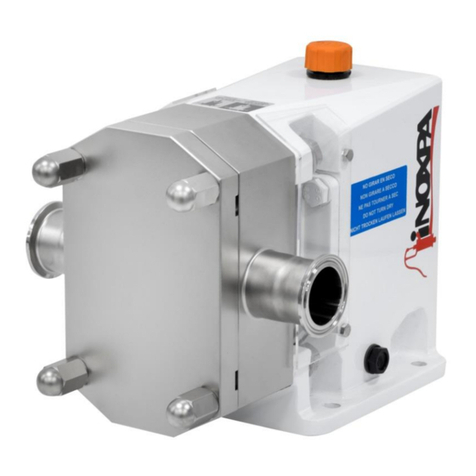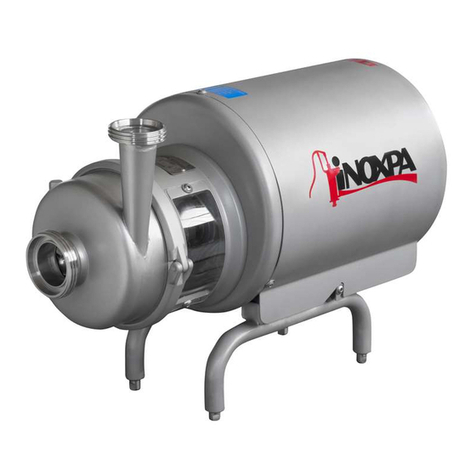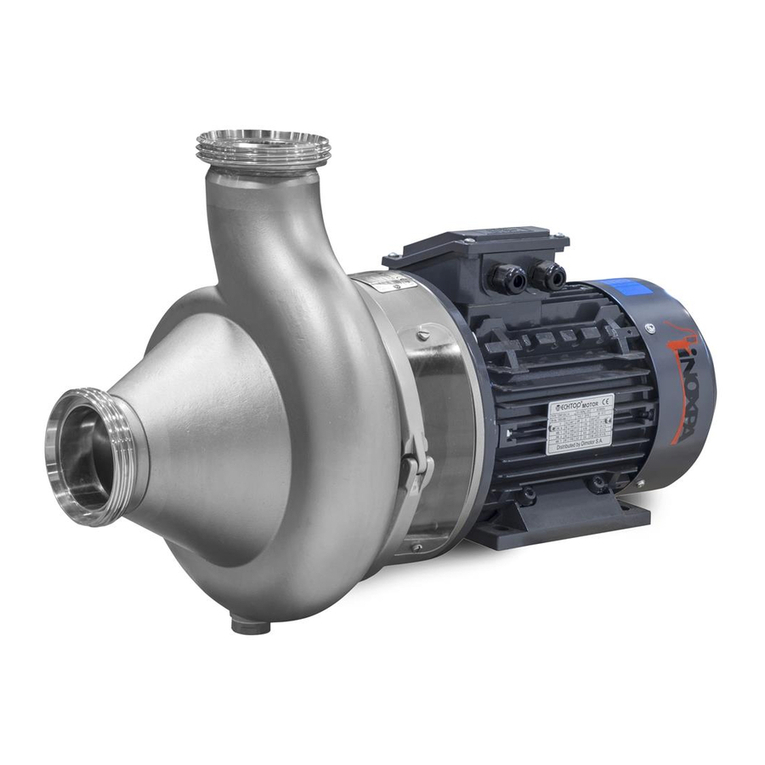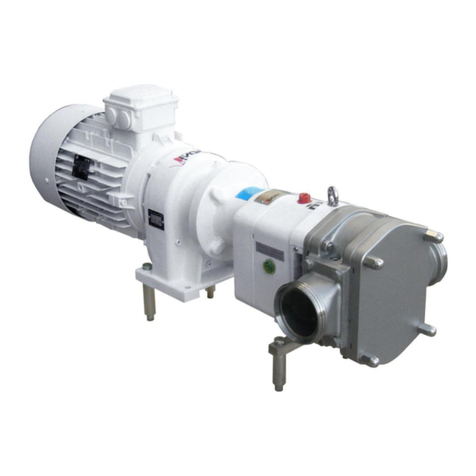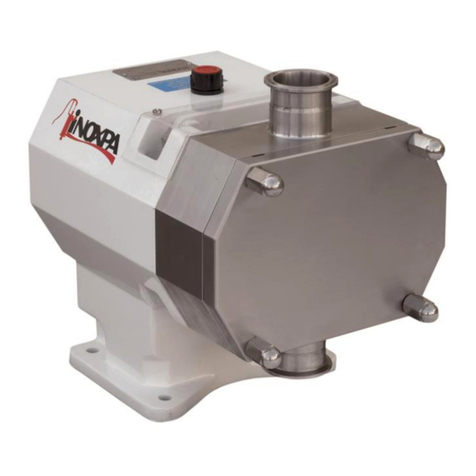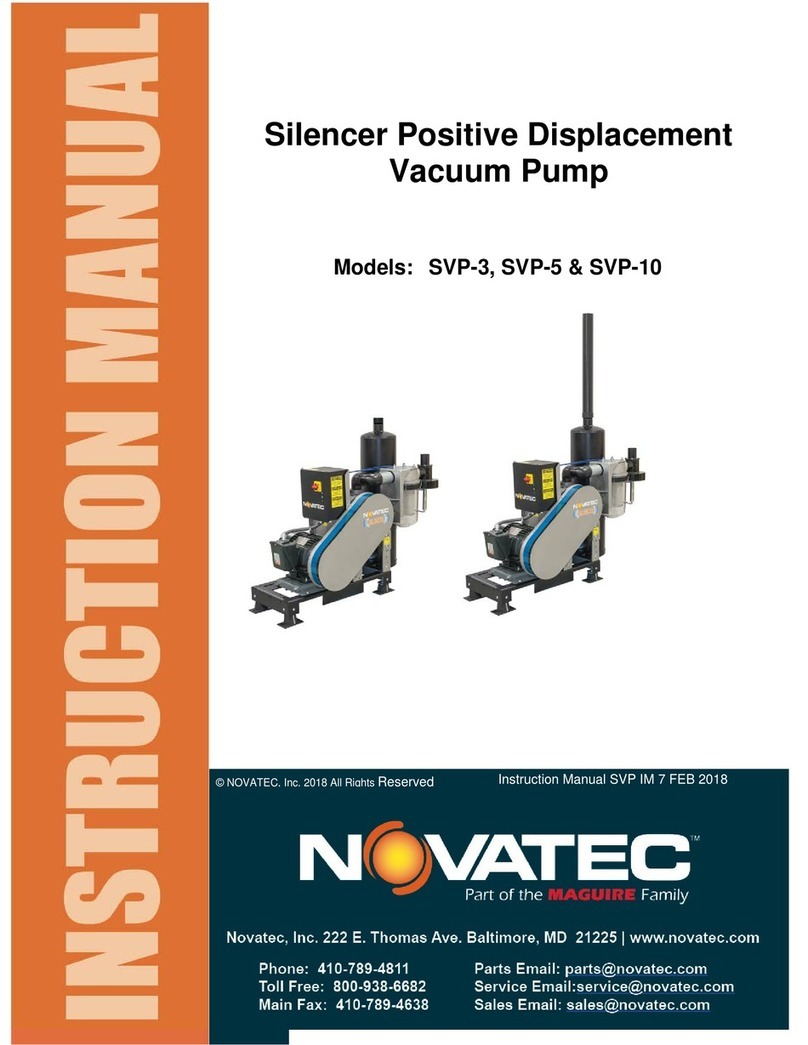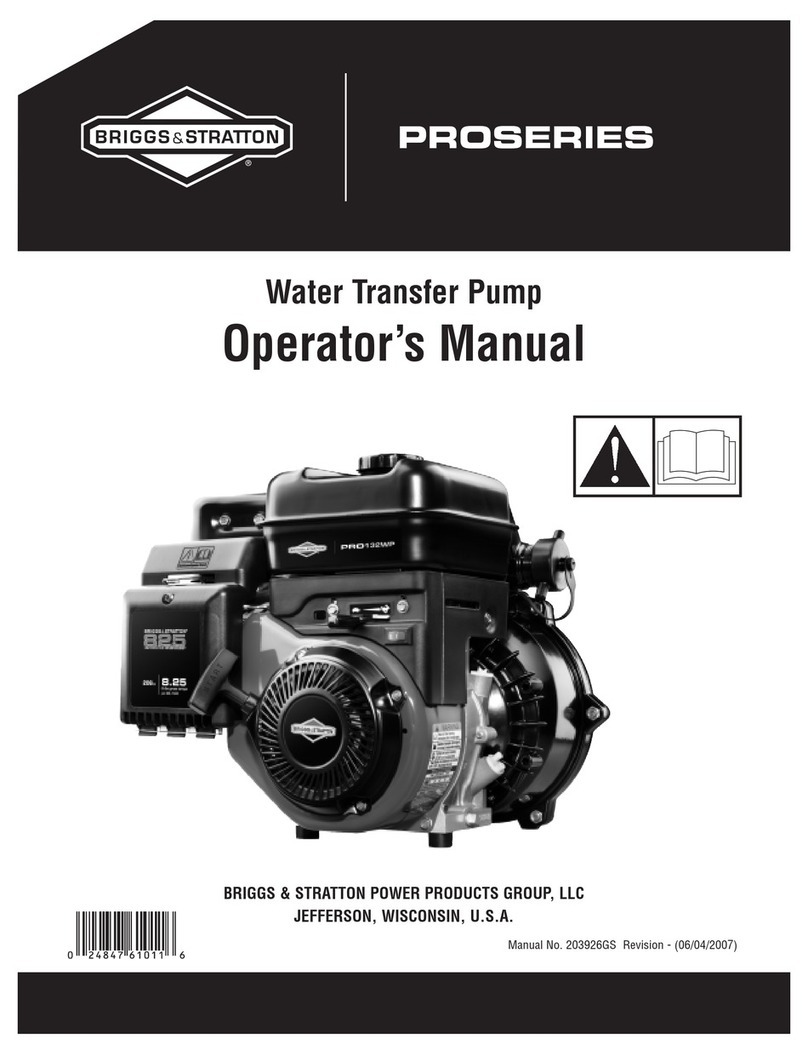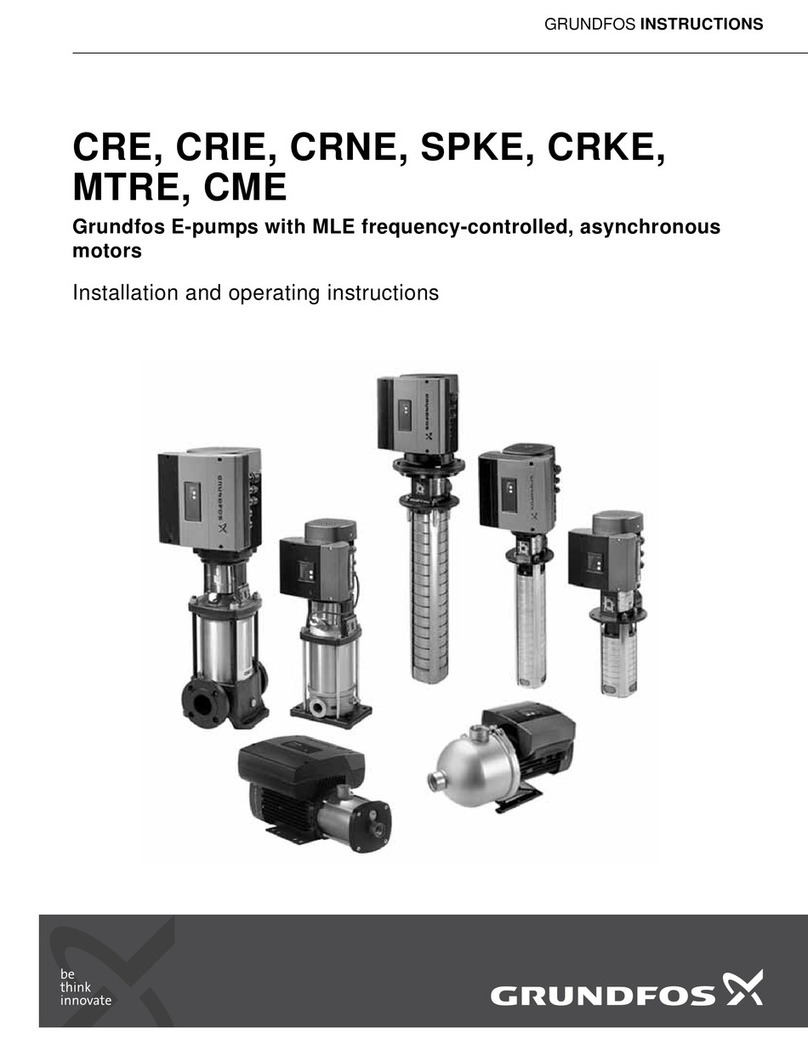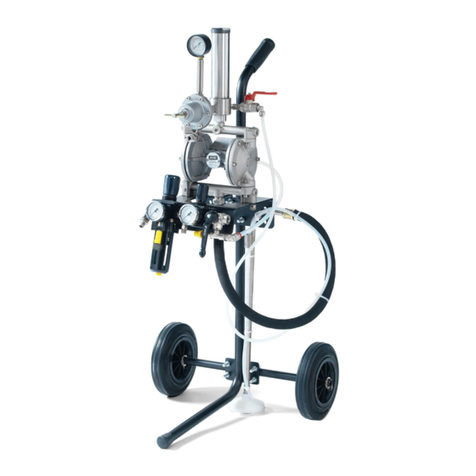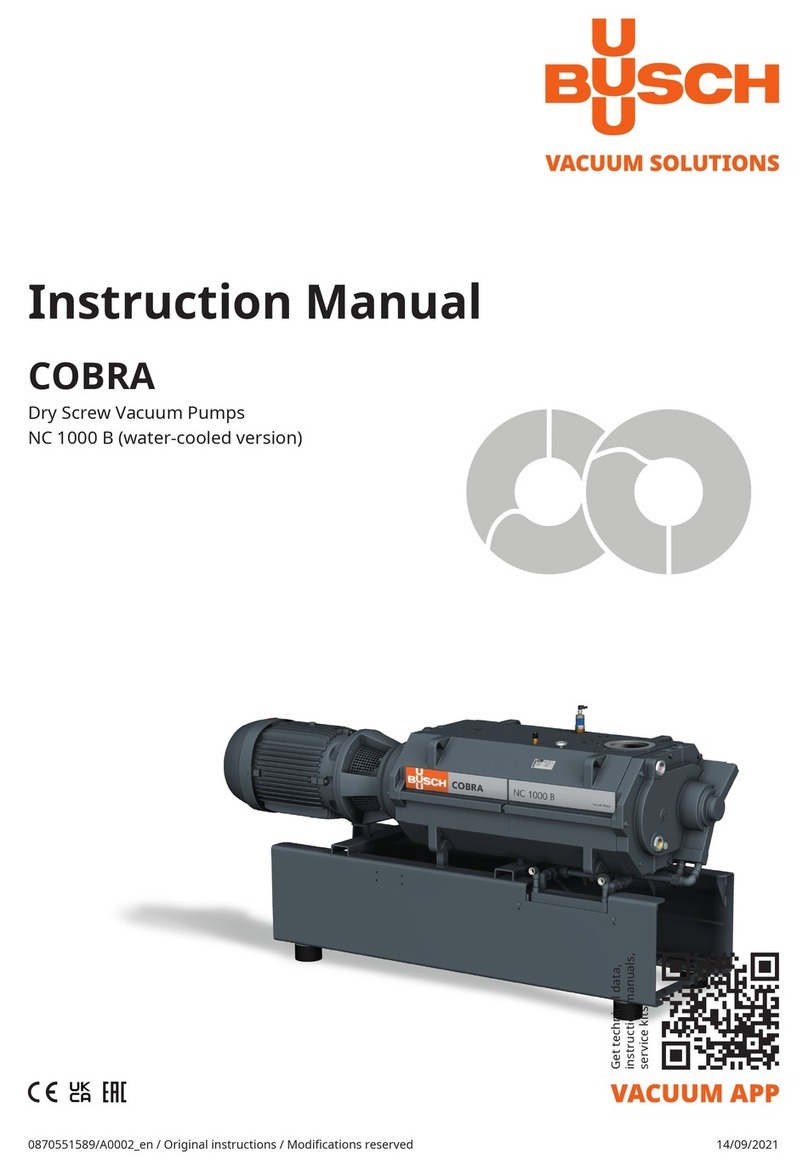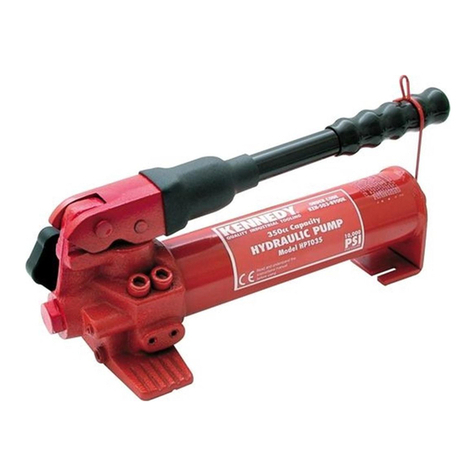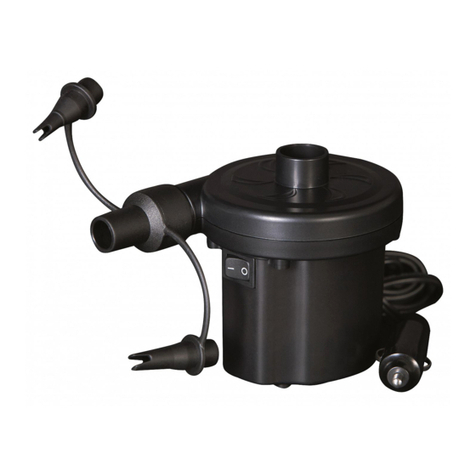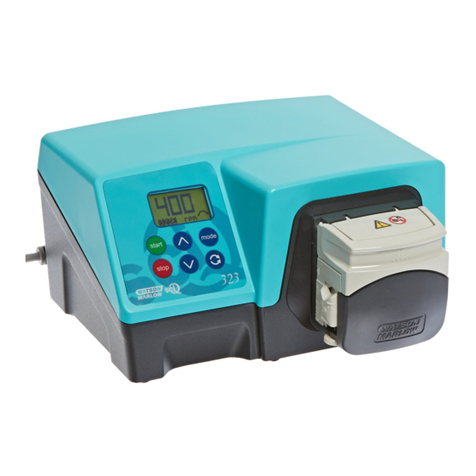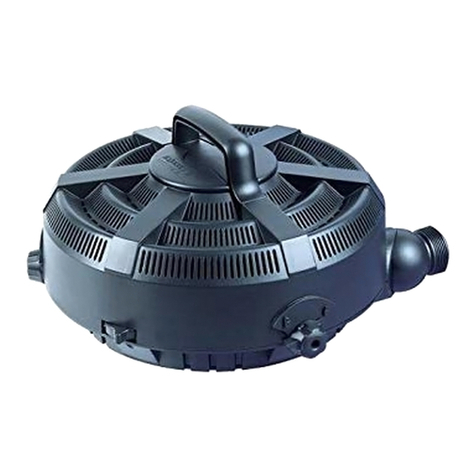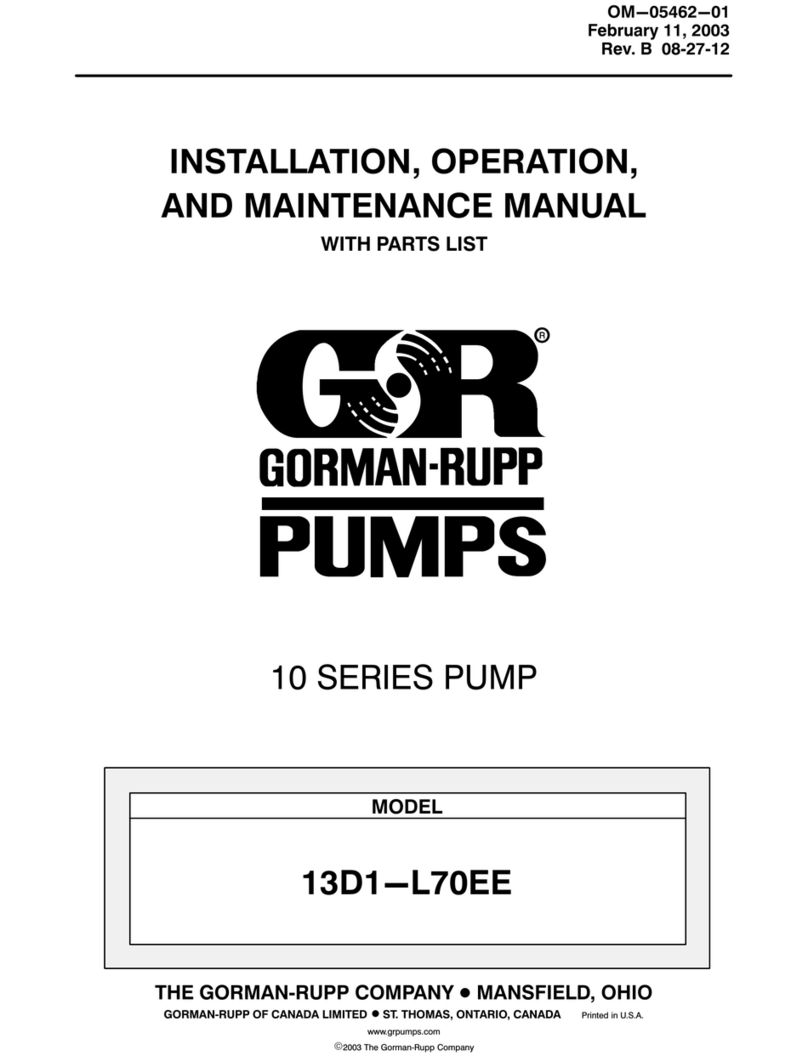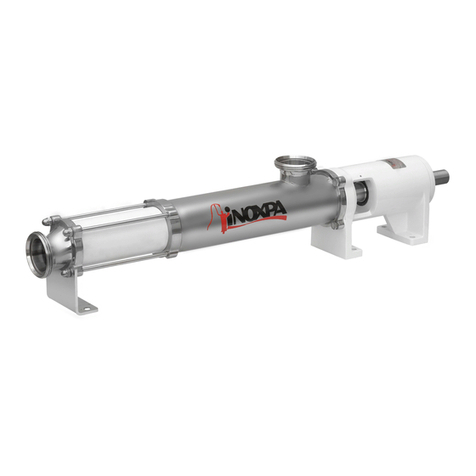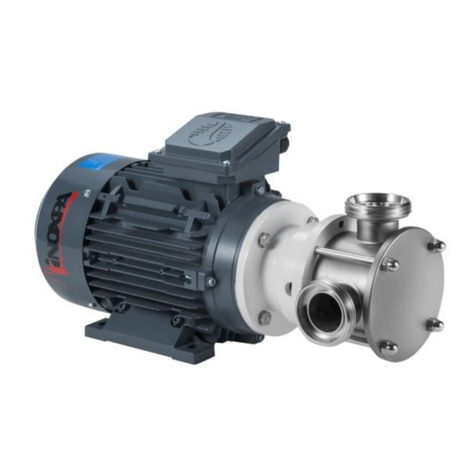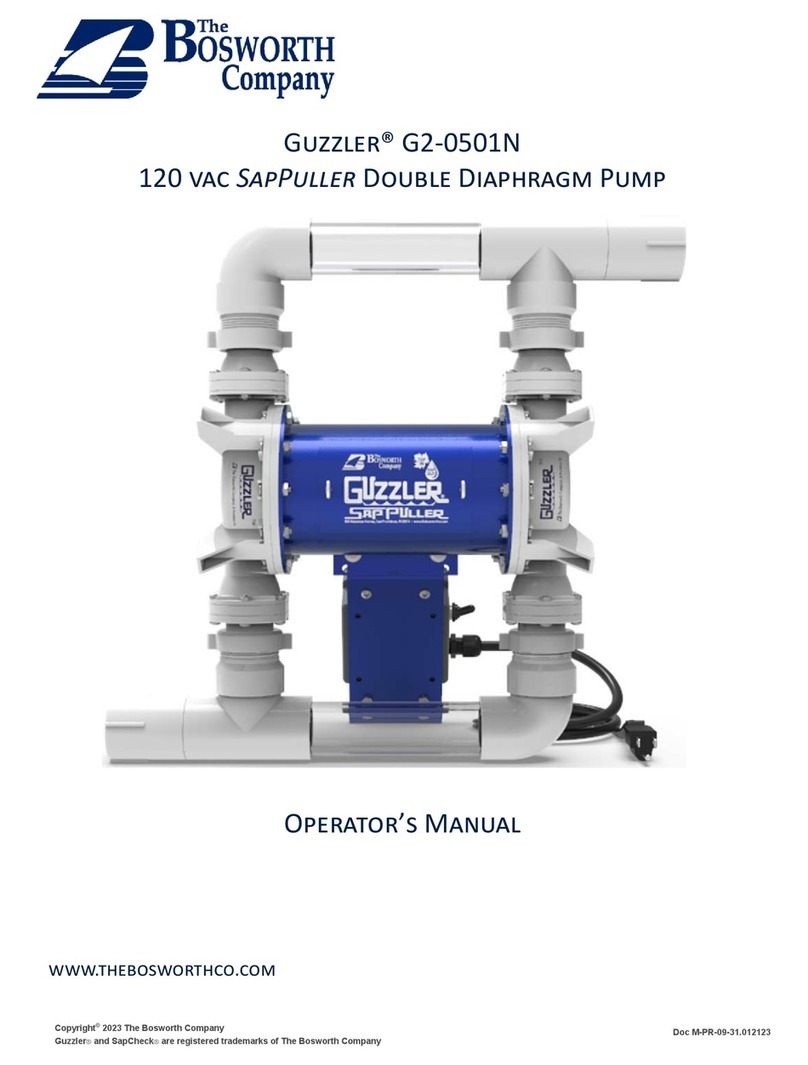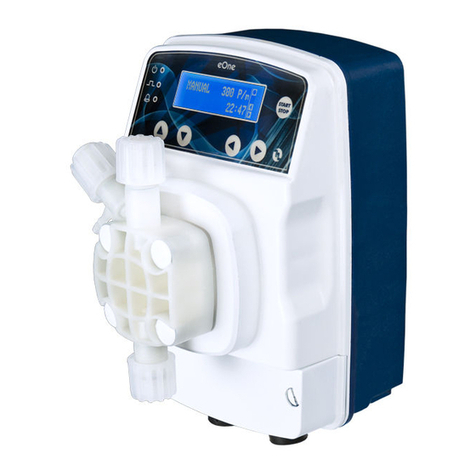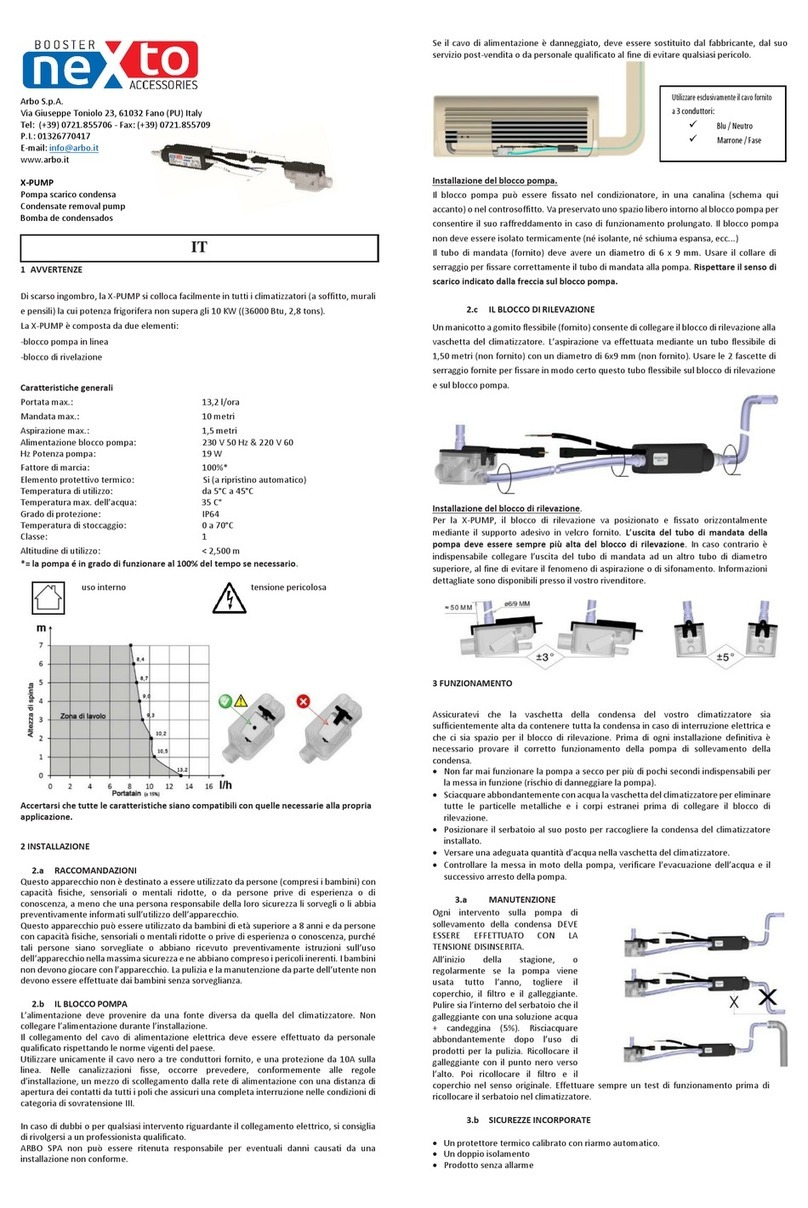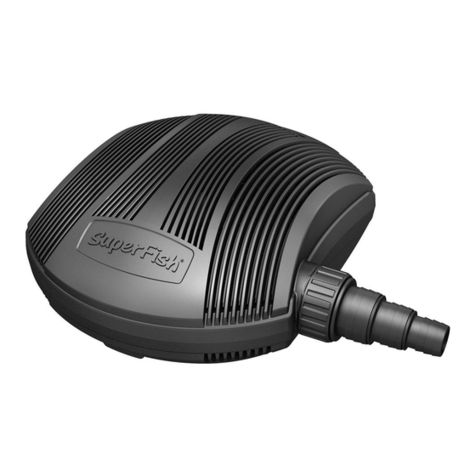
1. TLS Introduction 1.2 ED.10.12/98
B. Technical principles.
Quantity Symbol Unit
Dinamic viscosity µmPa.s (=cP=Centipoise)
Kinematic viscosity
V=µ/ρ with ρ=specific weight [Kg/dm3]
and V = kinematic viscosity
[mm2/s] = cSt = Centistoke
Only the dynamic viscosity is used in this manual.
p[bar]
Pressure ∆p[bar] - differential pressure
Pm [bar] - maximum pressure at discharge mouth (design pressure)
Unless otherwise indicated, in this manual pressure is understood to be relative pressure.
NPSH [m]
Net positive suction
head (NPSH)
In this manual, NPSH = NPSHr (NPSH required for the pump).
NPSHr = the net pressure above the liquid vapour pressure at pumping temperature and
at the pump inlet connection required to avoid performance impairment due to cavitation
at rated capacity. NPSHr is measured at the suction flange at the point where the capacity
drop = 4% of the rated capacity, and is corrected to the datum elevation.
NPSHa = the total suction pressure available from the system at the pump suction
connection, minus the vapour pressure if the liquid at pumping temperature. NPSH
available is calculated for the installation. It is the responsibility of the user to determine
this value. NPSHa ≥
≥≥
≥NPSHr + 0,5
Symbols.
It is absolutely necessary to place symbols on the pump, e.g., arrows which indicate the direction of rotation or other symbols
indicating connections to fluids. All of these symbols should be clearly visible and legible.
Training and experience.
The personnel who are responsible for the operation, maintenance, inspection and assembly of the equipment should have the
proper experience and training. The scope of their responsabilities and the supervision of the operators should be specifically
defined by the plant foreman.
If the operators did not have the required knowledge, they should be trained, which could be done by the manufacturer of the
machine or by the supplier on behalf of the shop foreman.
Furthermore, the shop foreman should make sure that the contents of the instruction manual are fully understood by the
operators.
In accordance with the instructions.
Any failure to comply with the instructions could lead to a hazard for the operators, the atmospheric conditions of the room,
and the machine, and it could lead to a loss to any right to make a claim for damages.
Such non-compliance could bring with it the following risks:
•Important operating failures of the machine / plant.
•Failure to comply with specific maintenance and repair procedures.
•Potential electrical, mechanical and chemical hazards.
•Atmospheric conditions in the room could be hazardous due to the release of chemical substances.
In accordance with the regulations governing safety at work.
The instructions contained in this manual should be followed for operating the pump, along with national regulations and any
other service and safety instructions made available by the shop foreman, so as to avoid accidents.
Safety instructions for handling.
If the machine's components, whether in a cold or warm state, constitute some hazard, then accidental contact with the same
should be avoided.
When the machine is operating, be sure that the rotating parts are protected by a shield.
In the event of a fire (e.g., mechanical seal) of hazardous fluids (e.g., explosives, toxic agents, hot products), the machine
should be emptied to prevent any risk to persons or to the ambient conditions. Existing regulations should be strictly adhered to.
Avoid any hazard which could be produced by the electrical circuits (e.g.: VDE specifications and regulations on the supply of
local energy services).

























